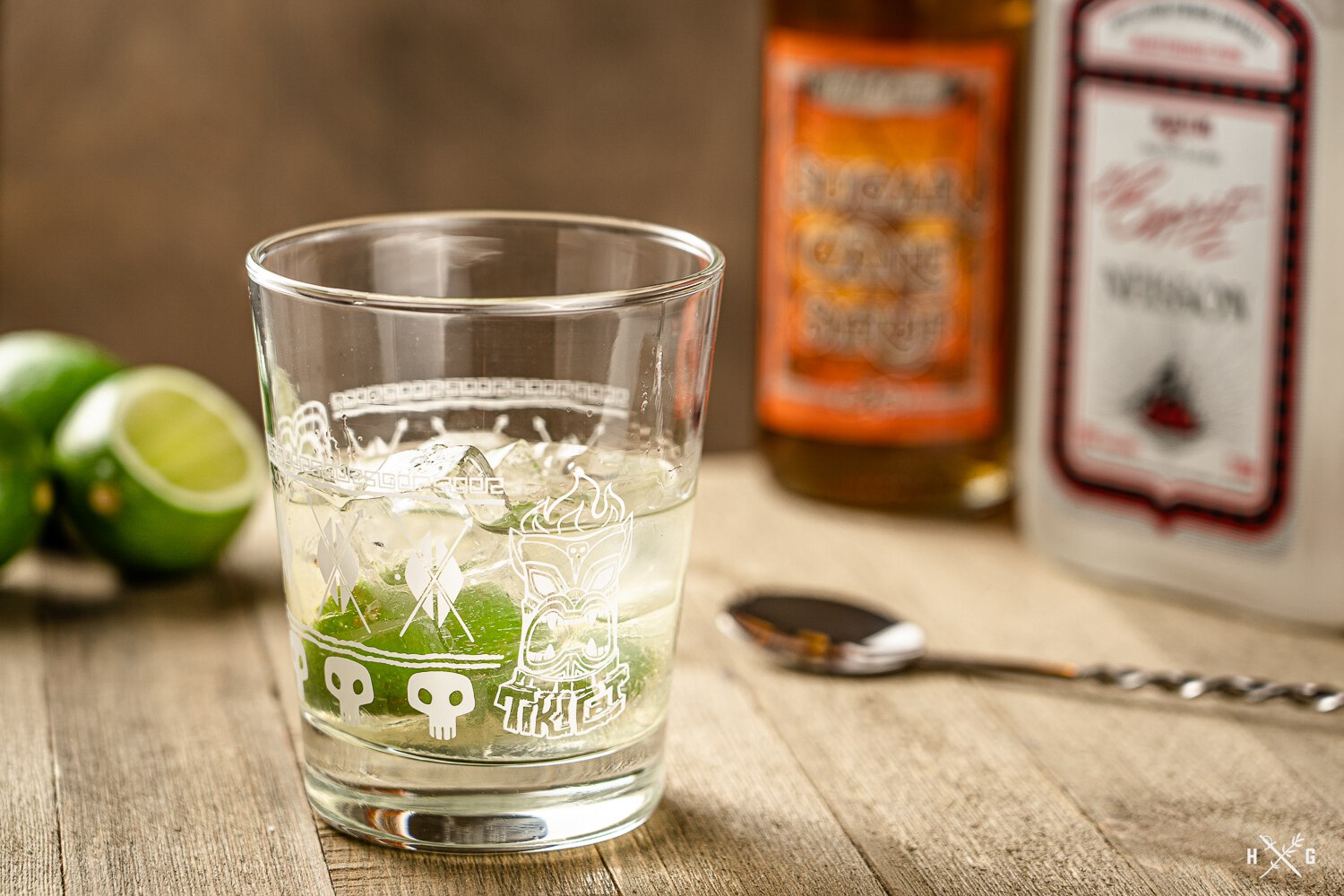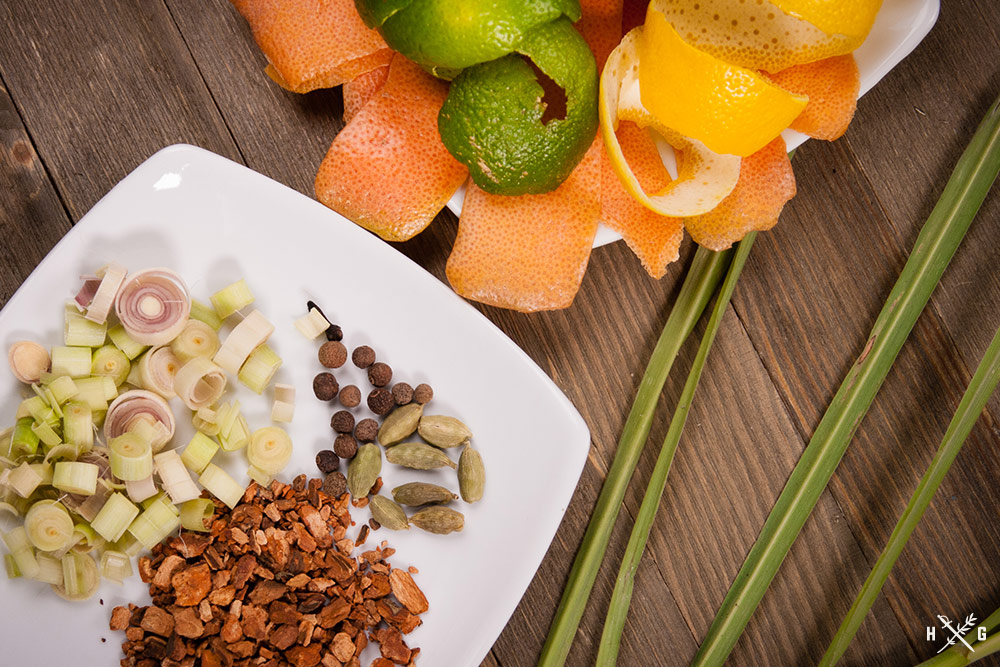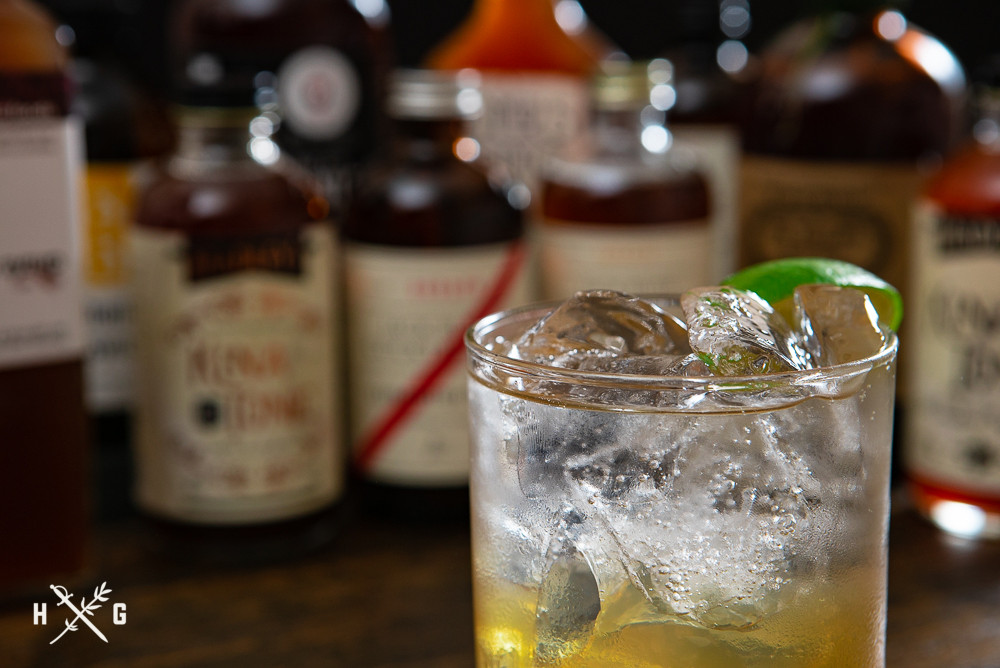Post from RICOH THETA. - Spherical Image - RICOH THETA
Perhaps it’s just my perception, but I feel that rum suffers from a lack of respect that is rivaled only by vodka. I’m not saying that it’s in any way accurate, just that they seem to be the first spirits to get thrown under the bus. Maybe it’s years of marketing campaigns from big brand rums that are better known for a signature pose of a pirate captain than their spirit having any depth of flavor or rich history. The first time I gained more respect for rum was after I enjoyed Kirk & Sweeney 12 Year in an old fashioned with tobacco bitters. Until that point I was only vaguely familiar with white and spiced rum, but that old fashioned was an eye-opening experience. The Kirk & Sweeney 12 Year is an inviting smooth rum with sweet vanilla notes that I frequently recommend to “rum skeptics”. Ever since that rum has bridged the gap, my rum palate continues to expand, and the latest notch in my belt is rhum agricole.
Rhum agricole is made from freshly distilled sugar cane juice as opposed to molasses, and is native to French-speaking Caribbean islands where sugar cane production was at one time a large part of the economy. Molasses is a byproduct of refining sugar, and in the interest of decreasing waste and increasing profits, sugar refineries built distilleries to process the molasses and create rum. However, when the sugar market collapsed in the 1870s due to over production and the introduction of sugar beets in Europe, plantations needed something to do with the excess sugar cane. Rather than continuing to refine sugar and create rum from the molasses, they skipped refining the sugar and went straight into rum production using the fresh sugar cane. While rhum agricole can come from many regions, many of the notable ones are produced in Martinique. Rhum agricole from Martinique has an exclusive regional designation much like Champagne or Cognac – AOC. “Appellation d’Origine Contrôlée” (controlled designation of origin) dictates not only the region, but also the agricultural methods, distillation process, sugar content, etc..
One of the more iconic rhum drinks is the Ti’ Punch, short for “petite punch”. While it’s a simple drink with only three ingredients, the complexity of flavor provided by them is astounding. The rhum provides the punch with a unique grassy and vegetal note. I’ve heard this drink described as a morning libation, but the traditional serving method of “chacun prépare sa propre mort” (“Each prepares their own death.”), makes me a bit weary of honoring tradition. So rather than setting out a bottle of rhum, sugar cane syrup, and some limes for your guests, here are the directions to mixing up your own Ti’ Punch in both written form and 360° video. (Shot with my Ricoh Theta) As this is the second installment of casual 360° bar banter over a cocktail, I’d love your feedback. Let me know what you think of the casual nature and if there are any specific questions I should be asking. Thanks to Lesley and Saturn Room for always being hospitable and passing along their wealth of knowledge.
Cheers!
[divider type=”double-dotted” color=”gray”]
Mobile users, please use this YouTube link.
Ti' Punch
Ingredients
- 2 ounces rhum agricole (Neisson Blanc is a great option)
- 1 barspoon sugar cane syrup (not the same as simple syrup)
- lime
Instructions
- Squeeze Thai lime* into rocks glass filled with ice.
- Add bar spoon of sugar cane syrup followed by rhum agricole.
- Stir briefly to mix.
Notes
[divider type=”double-dotted” color=”gray”]
Additional Resources:
Saturn Room, Tulsa
The Kitchn – A Guide to Molasses
Imbibe Magazine – Ti’ Punch
Ministry of Rum – Excellent Rum Site and Forums by Ed Hamilton
Wikipedia – Sugar Plantations in the Caribbean
Provisions Fine Beverage Purveyors
Buy Ricoh Theta V 360° Camera




